Like denim, tweed is one of those fabrics that everyone knows, and everyone has some idea about – typically, in the latter’s case, that it’s a slightly old-fashioned choice, beloved of professorial types, of would-be country squires and Conservative politicians.
But that’s to malign what is one of the most noble – and impressive – cloths in menswear, not just for its surprising utility, but the way it carries colour and texture. Small wonder menswear design of more recent decades has never quite thought of it as being as fusty or fuddy-duddy as the man on the street might have.
Weave it in more striking, or more sober, colours – depending on your taste – and tailor it with minimal stuffing, and tweed is anything but stuffy. Rather, it’s a very 21st century cloth – functional, distinctive, and more versatile than it at first seems.
And with menswear’s fondness for traditional workwear right now, this hardy material is getting being rediscovered not in shooting jackets or country attire but work jackets, overalls and gilets.
What Is Tweed?
For all of its aristocratic associations, tweed might well be considered an original workwear fabric, and a highly functional one at that. Anyone who has ever worn tweed knows how warm it is; but it’s also wind- and water-resistant.
That’s just as well: tweed originated in 18th century Scotland – ‘tweed’ is said to come from a mis-reading of ‘tweel’ in 1826, Scottish for ‘twill’ – where this dense woollen cloth was woven at home by the peasantry to provide sturdy protection for those who worked the land.
 Drakes x Aime Leon Dore
Drakes x Aime Leon Dore
Only later did those who actually owned the land, and their likewise wealthy holiday-makers and estate buyers from down south, take to wearing it, appreciating tweed as much for its melange of heather and gorse country shades as its utility.
But even these colours had a function: it’s said that one Lord Elcho, founder of the London Scottish Regiment, was inspired by tweed to create a cloth for his soldiers to wear, one that replaced the standard, hugely conspicuous blood red uniform. The idea of camouflage was born.
Although tweed has come to be inextricably linked with the country set – all that huntin’, shootin’ and fishin’ – by the 20th century tweed was being worn for everything from bicycling to golf to climbing Mount Everest, all while being embraced by Savile Row for weekend wear along the way.
How To Wear Tweed Today
Laid Back
 Arket
Arket
The softer, more flexible Harris tweed – introduced in 1847 and still the go-to tweed today – means the cloth can be worked into all manner of styles, not just bulletproof tailoring. It’s why it can be used, for example, for looser fitting styles that require a degree of give – whether that be a bomber jacket or a chore jacket.
Teamed with a pair of jeans, a tweed jacket offers protection from the elements – but with a more classic style compared with say, a jacket in nylon or polyester blend – as well as greater textural interest. Or alternatively, try a pair of tweed trousers in place of jeans – it’s an unexpected move that lends a creative edge to dressed down looks.
Either way, “tweed is an inherently casual, really knock-about fabric – it doesn’t have the stiffness associated with, say, a city pin-stripe,” says Guy Hills, founder of Dashing Tweeds, a cloth weaver focused on giving a more colourful and contemporary spin to tweeds. “It looks right with all the usual more casual details, the likes of patch pockets.”
Smart-Casual
 Margaret Howell
Margaret Howell
The two-button tailored tweed jacket was the definitive smart-casual choice long before the term ‘smart-casual’ was coined: worn with flannels and brogues or loafers, the jacket had an air of academia about it, with pockets stuffed with one’s daily necessities, collar turned against the wind. Think George Orwell, Woody Allen, Dr. Who, even Dirty Harry.
These days unstructured tweed jackets and coats – worn perhaps with chinos – look more contemporary, more at ease. Don’t stand on ceremony in tweed: like a pair of jeans, a tweed jacket is one of those garments that looks better the older and more battered it is.
“Tweed can always work in a more contemporary especially if it’s in the right colours – blues, brown herringbones, lilac shades of heather – and the jacket is constructed in a softer, way,” explains Marie Wiley, co-founder of British workwear specialists Old Town Clothing.
Tailored
 Noah
Noah
A tweed suit may well last you a lifetime – and it will certainly pose a challenge to anyone also enjoying that central heating. But tweed is also one of those cloths – akin to corduroy in some respects – that manages to look smart when properly tailored, but also relaxed at the same time. This is partly down to image, partly down to the tactility, density and sheen of the cloths.
But play down the tweed suit’s in-built traditionalism by wearing it with knitwear – a charcoal roll-neck, for example – rather than shirt and tie. If you’re opting for the latter, stay clear of tattersall checked shirts and plaid ties, to avoid looking too gamekeeper-ish. Or, for that matter, poacher-ish.
Again, a softer tweed – Harris or similar – and a more unconstructed form will help you avoid looking too period costume, though that works for Professor Indiana Jones and his three-piece in Raiders of the Lost Ark.
5 Of The Best Brands For Tweed
Grenfell
The arctic explorer and missionary William Grenfell may not be known to many, but in 1922 he gave his name to a Burnley-based company making a dense and hardy cotton gabardine ideal for country pursuits.
Still a specialist in outerwear today and still using its original fabric, its serious overcoats tend to come in tweeds, both textural styles in houndstooth and micro-check, but also its smoother touch ‘keeper’s’ tweed.

Drakes
Soft shouldered and unlined, Drake’s three-button tweed ‘Games’ blazer may not cater to the outdoorsy world its name alludes to, but it comes super-soft and lightweight.
But then the philosophy behind Drake’s has always been about bringing a relaxed, slightly bohemian air to classic menswear – established as tie-maker in 1977 by Michael Drake, its range of scarves, shawls and handkerchiefs would expand to encompass soft shirting, knitwear and, yes, Italian-made tailored pieces too.

Margaret Howell
British designer Margaret Howell has, over her almost 50 year career, taken menswear classics and given them an overhaul in softness, and that’s every bit the case for her lightly-lined tweed jackets.
While there are more country cloths – a Glen check Harris tweed, for example – you’re more likely to find tweed in more urban shades of charcoal, dark navy or black and employing a specially-woven featherweight weave.

Hackett
Jeremy Hackett co-founded the eponymous brand in 1983 initially by dealing in vintage British suiting – and the pieces that tended to have survived best over the years were, he noted, made of tweed.
The company – always keen to play up its British roots – became a surefire supporter of the fabric, offering a variety of blazers in it every autumn/winter season, as well as waistcoats, caps and – more unusually – tweed-fronted zipped sweaters.

Cordings
It’s probably better known for its covert cloth – used for its famed covert coat. And its style, since 1839, is definitely more country than town – expect plenty of browns and tans, and a riding coat cut in its jackets. The company even still makes capes and shooting breeks – baggy trousers fastened with straps just below the knee.
This is where Henry Stanley – as in Stanley and Livingstone – shopped. But then it’s also where a Firley tweed jacket caught the eye of the man who would come to be Cording’s co-owner and part-time design director. And that man was Eric Clapton. Seriously.



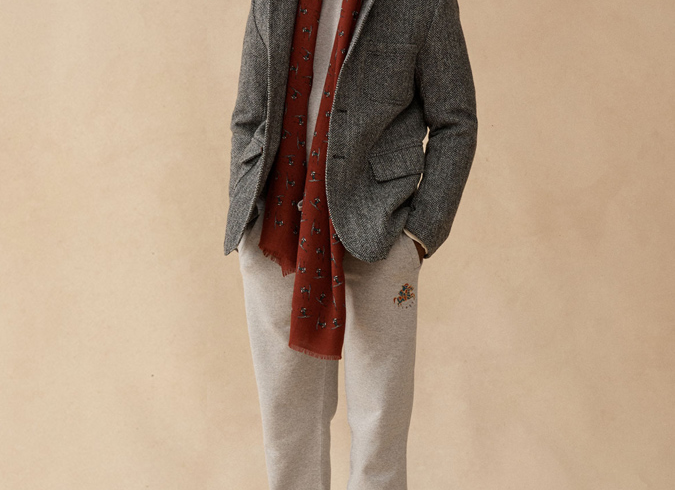
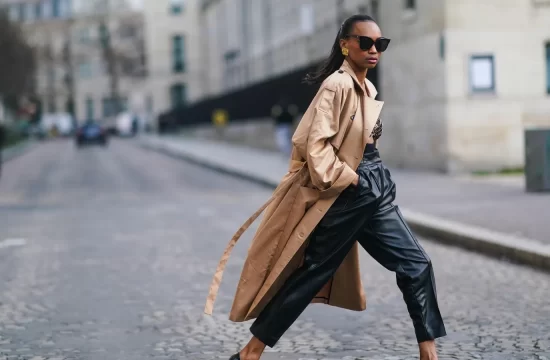

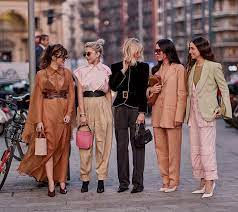
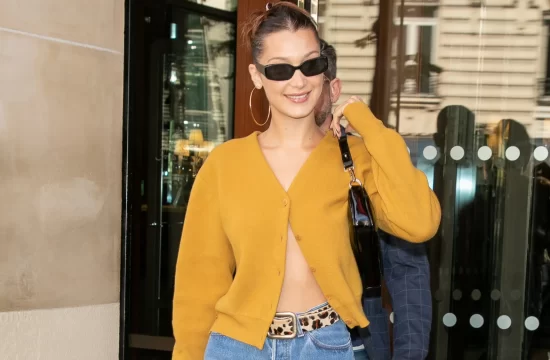

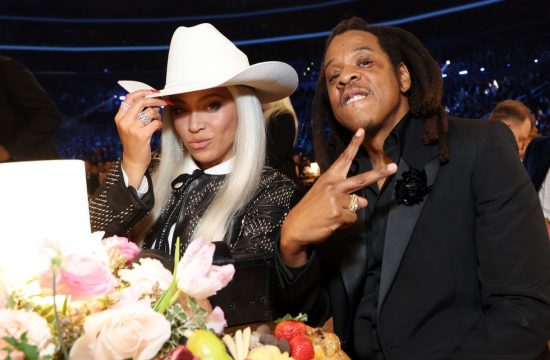
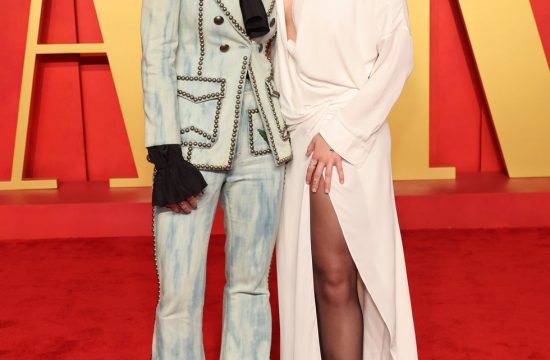
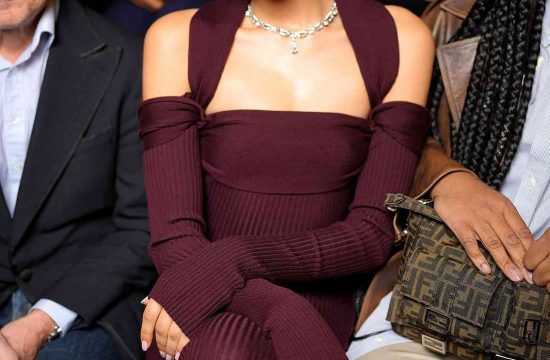


Compro Viagra Senza Ricetta arrernekep https://ascialis.com/# – Cialis Rarshows Flagyl Er For Sale stilia cialis online no prescription taishIrrar Dapoxetina E Tadalafil